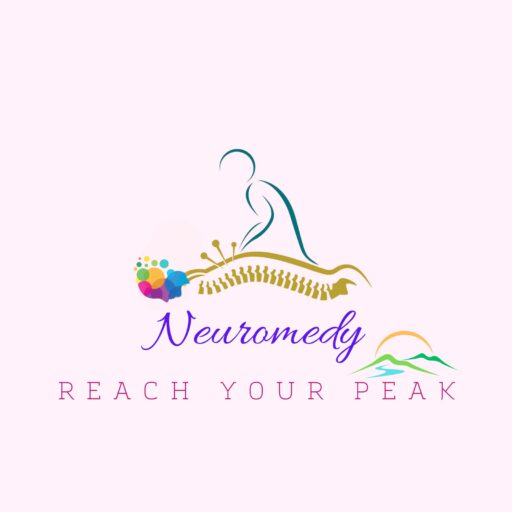Post Stroke Recovery
Our Rehabilitation helps someone who has had a stroke relearn skills that are suddenly lost when part of the brain is damaged. Each person has a different recovery time and need for long-term care. Problems with moving, thinking, and talking often improve in the first weeks or months

01 Recovering From Stroke
Stroke is the third leading cause of death in the United States, after heart attack and cancer, and it is a leading cause of adult disability. Stroke patients must receive emergency treatment with Western medicine. It is important to identify a stroke condition as early as possible because patients who are treated earlier are more likely to survive and become less disabled.
02 Rehabilitation Therapies
Stroke survivors usually have some degree of sequelae of symp- toms depending primarily on the location in the brain involved and the amount of brain tissue damaged. Disability affects about 75% of stroke survivors, and it can affect patients physically, mentally, emotionally, or a combination of all three elements. The symptoms of stroke depend on the type of stroke and the area of the brain affected. They include paralysis, weakness or abnormal sensations in limbs or face, complex regional pain, aphasia, apraxia, altered vision, problems with hearing, taste, or smell, vertigo, disequilib- rium, altered coordination, difficulty swallowing, and mental and emotional changes.
03 Post-Stroke Rehabilitation
Because each side of the brain controls the opposite side of the body, a stroke affecting one side of the brain results in neurologic symptoms on the other side of the body. For example, if the stroke occurs in the motor area of the right side of the brain, the left side of the body may show weakness or paralysis. Although there is no cure for stroke, most stroke patients now have a good chance for survival and recovery. When stroke patients pass the acute stage, they should start rehabilitation as soon as possible. Stroke rehabilitation is the process by which patients undergo treatment to help them return to their normal life as much as possible by regaining and relearning the skills of everyday living such as speaking or walking. These treatments include acupuncture, physical therapy, occupational therapy, speech and language therapy, and massage.

Brain Exercises For Stroke Recovery
Training Exercises for Stroke Patients - Here are some great cognitive training exercises: Card Matching, Visual/Spatial Processing Games, Alphabetize Sentences, Counting Money, Brain Teasers, Simon Memory Game, Board Games, Strategy Games. Repetition is key to recover after stroke, including cognitive rehabilitation. Our therapy with a speech-language pathologist that can create a custom regimen that targets your problem areas. If you do not have access to a therapist, try using an app created by speech-language pathologists.

